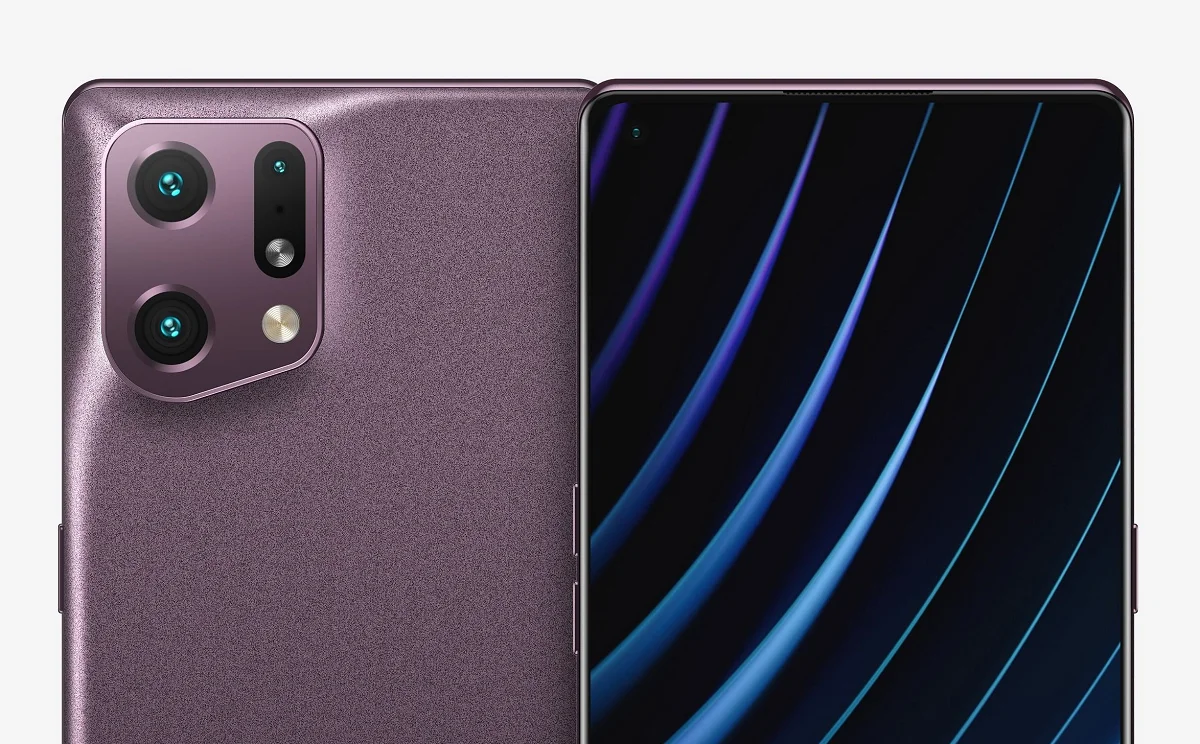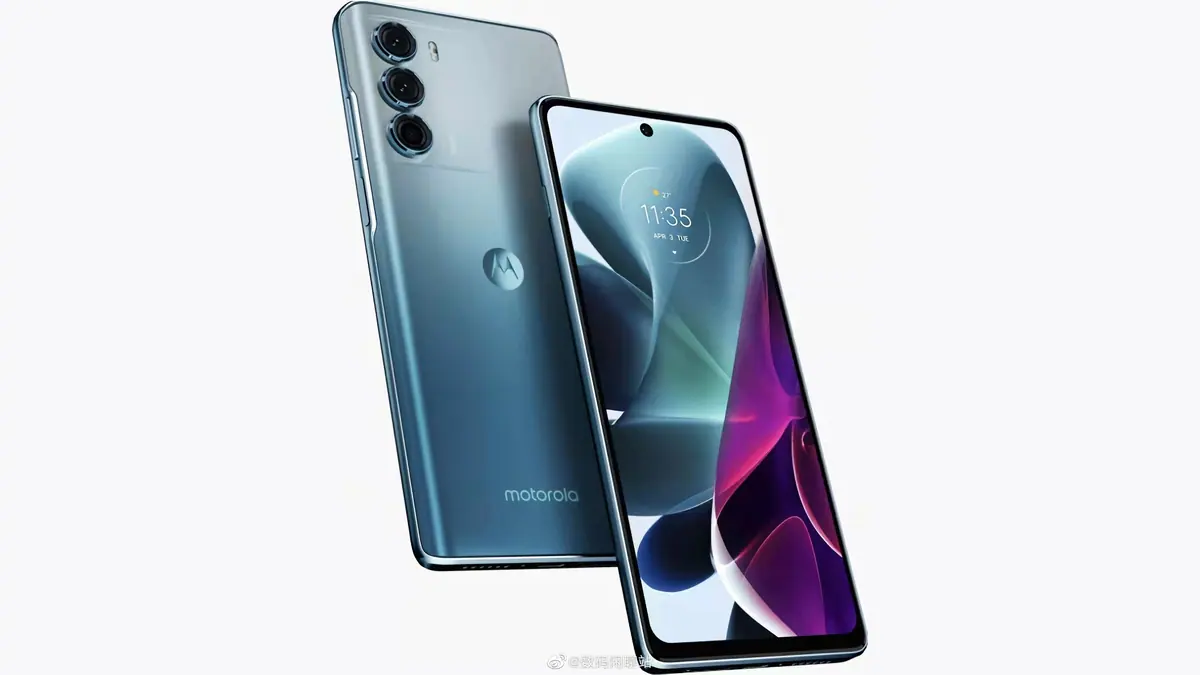Xiaomi has launched its flagship smartphone. And that’s a strong bet. Last year, the Xiaomi 12S Ultra predicted what a sensor as ambitious as Sony’s IMX989 could do. The cameras and processing software of that terminal were jointly developed. By Leica and Xiaomi engineersAnd after testing it, we discovered that this brand had found the ideal recipe to combat the photographic aspirations of the competition with the best mobile phones.
The cameras of the recently introduced Xiaomi 13 Ultra retain the main features of the photo equipment of its predecessor, but also contain very interesting news. We have already had the opportunity to test it and our initial feelings are very positive. Leica is even more involved in this smartphone than the Xiaomi 12S Ultra, probably because the collaboration between these two companies has been enhanced. Whatever it may be, one thing is beyond doubt: we are facing one of the best photo mobiles of 2023.
Xiaomi 13 Ultra: technical specifications
|
|
xiaomi 13 Ultra
|
|
DIMENSIONS AND WEIGHT
|
163.18 x 74.64 x 9.06mm
227g
|
|
SCREEN
|
6.73″ inches
AMOLED WQHD+
3,200 x 1,440 pixels (20:9)
1,300 / 2,600 nits (max)
120hz
Gorilla Glass Triumph
|
|
PROCESSOR
|
Snapdragon 8 Generation 2
|
|
Memory
|
12/16GB LPDDR5X
|
|
to store
|
256 / 512GB
1TB
UFS 4.0
|
|
battery
|
5,000mAh
90W fast charging
50W wireless charging
backlash
|
|
rear cameras
|
- Main: 50.3 megapixel 1-inch Sony IMX989 sensor, 1.6 µm photodiodes, 8-element Leica VARIO-SUMMICRON f/1.9 of/4.0 (variable aperture) optics, HyperOIS stabilization, PDAF and laser focusing system
- Telephoto lens: 1/2.51″ size 50-megapixel Sony IMX858 sensor, f/1.8 aperture optics, 75mm equivalent focal length, 3.2x optical zoom and optical stabilization
- Periscope telephoto lens: 1/2.51″ 50-megapixel Sony IMX858 sensor, f/3.0 aperture optics, 120mm equivalent focal length, 5x optical zoom and optical stabilization
- Wide angle: 1/2.51″ size 50 megapixel Sony IMX858 sensor, f/1.8 aperture optics, 122 degree field of view, 12mm equivalent focal length and Dual Pixel PDAF focus
- ToF depth camera
|
|
FRONT CAMERA
|
32-megapixel sensor with 0.7µm photodiode, f/2.0 aperture optics and 22mm equivalent focal length
|
|
OS
|
MIUI 14
Android 13
|
|
SOUND
|
Dual Dolby Atmos speakers
|
|
CONNECTION
|
5G (Snapdragon X70)
Wi-Fi 6E
Bluetooth 5.2
GPS
nfc
infrared
USB-C 3.2
|
|
Others
|
Liquid Cooling Cycle
IP68 water and dust resistance
Under-screen heart rate reader
|
|
PRICE
|
From 5,999 yuan (about 795 euros to change)
|
Difficult to find fault with photographic equipment like this mobile phone
I suggest we dive into the business by taking a look at the front camera that this smartphone offers us. On paper, it’s essentially the same as the Xiaomi 12S Ultra, so it bets on a 32-megapixel sensor. 0.7 µm photodiodes It works in conjunction with an optic with an aperture of f/2.0. These features fit very well with what users can demand from the front camera of a smartphone with a very clear top-notch feature.
Main camera includes Sony’s IMX989 single inch sensor with 1.6 µm photodiode
In any case, we have the juiciest cameras in the rear module of the terminal. The main unit has a 1-inch Sony-made IMX989 sensor. This sensor has 50 megapixels of resolution and 1.6 µm photodiodes that can be grouped into sets of four photoreceptors to increase their surface area to a negligible 3.2 µm.
On the other hand, the optics with which this sensor works has a feature that is absent in the Xiaomi 12S Ultra and therefore we should not ignore: it puts in our hands two different opening options (f/1.9 and f/4.0), which should offer us very interesting creative possibilities. In addition, this camera implements optical stabilization and combines phase detection autofocus with laser focusing.
Now let’s move on to telephoto lenses. Yes, this smartphone has two. Both prefer the 1/2.51″ 50-megapixel Sony IMX858 sensor, but the first includes optics with an aperture of f/1.8 and gives us zoom in 3.2x optics, the second has an optic with an aperture of f / 3.0 and we have a zoom in optics 5x. As expected, this last telephoto lens is less bright than the first, but yes, they’re both stabilized.
This mobile phone has two telephoto lenses. The first gives us 3.2x optical “zoom”, the second 5x “zoom”, but less bright
On the other hand, the wide-angle camera also incorporates a 1/2.51″ size 50-megapixel Sony IMX858 sensor, but works hand in hand with optics with f/1.8 aperture in this unit. wide field of view 122-degree view and autofocus type Dual Pixel PDAF (phase detection). An interesting note: Both the telephoto lenses and the wide-angle camera of the Xiaomi 13 Ultra offer different sensors and optics than the comparable cameras of the Xiaomi 12S Ultra. This brand has not been conditioned by continuity, and we think it’s a good idea.
The last camera this smartphone bets on is the ToF 3D type depth unit (Flight time). Many mobile phones, both from Xiaomi and from other brands, have been using this technology for more than four years, but if you are not familiar with it and want to know in detail what it offers us, I suggest you take a look at the article. where we explain in detail. .
Leica’s hand is very present on this mobile
Before we go any further, let me give you a small spoiler: We are preparing an in-depth review of this smartphone, so we will soon be able to provide you with a detailed and objective assessment of its photographic features. However, there are a few ideas worth dwelling on in this article. We have already extensively analyzed Xiaomi 13 and Xiaomi 13 Pro, so we are sure of the cooperation of this brand with Leica. this is not a trick marketing. The hand of the German company is visible. And it contributes.
According to Xiaomi, Leica engineers interfered with the development of the processing software of this terminal.
Its most obvious contribution, if not the most important to us, is that all Xiaomi 13 family phones offer us two photo styles unique to Leica and with a clearly perceptible effect on the finish of the photos (Authentic And live) and a few classic filters that photography enthusiasts with a camera from the German company will probably be familiar with.
However, according to Xiaomi, Leica engineers also fine-tuned the processing software for this terminal. The aim during the integration of the hardware and software of the Xiaomi 13 Ultra was to gather as much detail as possible. to minimize noise and recreate photos with an aesthetic appearance that is as close as possible to what Leica cameras suggest. It will be interesting to see if they are successful when we take a closer look.
Color rendering is one of Leica’s strengths. Its cameras manage to capture and recreate it reliably (among those we analyzed, we were left without hesitation with the great M11), so we are very curious if the Xiaomi 13 Ultra has managed to clearly surpass the performance. It will also be interesting to determine if it really represents a leap forward in terms of detail recovery in both shadow and highlights. We will check it soon.
The photo we posted below these lines is a small preview of our in-depth analysis. The noise level is minimal, geometric distortion cannot be detected, and detail is unusually high. It paints well. There is no doubt that the photography hardware of this smartphone is great, but we have to see if Leica and Xiaomi engineers hit the mark and manage to make the most of it with their processing software. We hope to resolve these doubts very soon.
On Xataka: One-inch sensors have come permanently to photographic cell phones: why not make 100% use of them?

















